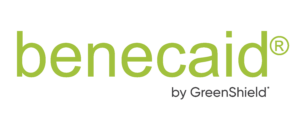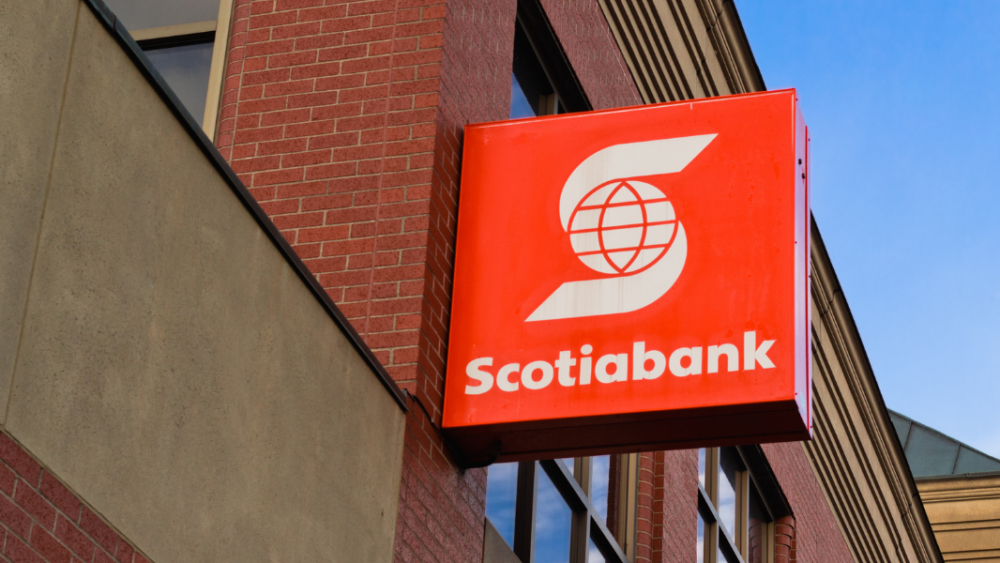Scotiabank’s recent Workplace Benefits Award gives advisors a glimpse of future trends and benefits that may increasingly become in demand, as well as insight on the results that these types of offerings may yield.
Securing their second win, Scotiabank was recognized for its benefits innovation within the “Coronavirus and Benefits” category of Benefits Canada’s most recent Workplace Benefits Awards.
Scotiabank’s leadership-driven, mental health-focused health strategy was shaped at least in part due to the pandemic. However, these changes were carefully implemented following the analysis of years’ worth of past data, and many of its programs are designed to remain in place indefinitely after employees return back to the office.
The Benefits Lineup
The following benefits have been added or augmented to support employees during the pandemic and beyond:
Personal Days
Scotiabank has increased the number of personal days it offers to all Canadian employees, going from 5 to 10 personal days offered through the year as a temporary benefit during the pandemic.
This takes factors such as school closures, increased time in store lineups, and, quite simply, an increased need for personal downtime to relax, recharge, or focus on family.
Lifestyle Benefits Account
Scotiabank added $500 to its well-being account, more commonly known as a Lifestyle Spending Account, for benefits-eligible employees during the pandemic.
While the well-being account already covered common lifestyle-related expenses such as fitness and childcare, additional eligible expense categories have been added to accommodate food delivery, groceries, and home office equipment as well.
Virtual Health
While Scotiabank initially introduced an optional virtual healthcare program on April 1, 2020, it pivoted almost immediately to offer the program to employees for free until towards the end of the year.
It also streamlined its short-term disability process, adjusting it to minimize interruption of pay for employees who were displaying virus symptoms over several days.
Mental Health
Recognizing the importance – and impact – of employee mental health, more mental health services are now available under its $3,000 per year coverage.
Scotiabank has also added a new online cognitive behavioral therapy program to its existing list of employee resources for mental health.
Childcare
Recognizing the importance of arranged childcare for working parents and caregivers, effective September 2020, Scotiabank now pays for five backup care days per child per employee and has funded a 10% discount for full-time childcare (and a 5% discount for part-time).
Parental Leave
In line with its commitment to support employees with young children, Scotiabank has expanded its parental leave policy to support fathers, adoptive parents, and same-sex partners in addition to birth mothers.
The Results
Scotiabank has already begun to see the results of recent changes to its new benefits program. Their virtual health program has been used by over 20,000 employees, and the well-being account has similarly seen high usage rates.
Of employees that are covered by the EAP, 89% – significantly higher than industry average – has expressed satisfaction with the support and services they are offered.
Responses from employees who have used the EAP indicated a 45% improvement in work attendance, 46% found they were better able to cope with job demands, and 45% said they have better relationships at work.
Adding Advisor Value: Takeaway Tips for your Client List
As the benefits and insurance experts, businesses look to their advisors to provide insights on how to improve their benefits programs.
In order to maintain robust relationships, advisors should look to provide value to their client base on a continuous basis – even outside of renewal time. Looking beyond Scotiabank’s Workplace Benefits Award as simply news, here are some key takeaway tips you can pass onto your clients.
Track Employee Absences
Tracking the reason behind employee absences (e.g. sick, vacation, personal day, etc) can easily fall through the cracks if HR does not formally log employees taking time off, or if a Time Off tracking tool isn’t being used consistently.
One of the key objectives of employee benefits is to bolster long-term employee health, reduce absenteeism (and presenteeism), and improve employee productivity while at work.
Before implementing or even evaluating potential changes to a PTO policy, it’s important for an employer to know what is keeping their employees from work. After all, additional sick days likely won’t help employees absent from work due to being required to provide last-minute childcare, or vice versa. Implementing the wrong type of PTO than what employees require most can not only add negligible value; it can actually invite abuse of said policy, a situation that employers always wish to avoid.
Employee Feedback
Without direct employee feedback, it can be difficult to know how employees really think of their benefits program. This includes perceived shortcomings of the employee benefits package, as well as additional offerings that would add value to current employees.
Employers shouldn’t assume they know their employees best; employees know themselves best! Open channels of communication include anonymous employee surveys, collection of employee feedback from HR or a plan administrator, and consistent review of reports from EAPs and other health partners to assess usage rates and patterns. This is one area that an advisor can assist in directly as a value-added service. Don’t let this be a missed opportunity for your client base.
Flexibility
Try as we might, no one can be certain what the future holds (a truth that COVID-19 has starkly reminded everyone of).
As such, it’s important for employers to realize the importance of flexibility within their employee benefits plans. A rigid plan implemented today due to upfront affordability or ease of implementation runs the risk of providing little actual value to employees, or even turning into a liability down the road.
This is why advisors should take into consideration the long-term sustainability, as well as flexibility, of benefits offerings when helping a business.
Some questions to evaluate:
- Can the majority of employees derive full value out of their main benefits plan?
- What happens when the business grows?
- What if the business suddenly needs to go lean?
Benefits Should Make Employers Stand Out, Not Fit In
All too often, employers view employee benefits as a “checkmark item” for which they can offer employees.
Advisors know that not all benefits were created equal. It’s important to remind clients that their benefits package is an opportunity to:
- Add value to both current and future employees’ overall compensation packages
- Help a business stand out among the competition
- Bolster current employee loyalty
- Attract top talent
- Support employees’ long-term health and productivity levels
In other words, a benefits package is a way for an employer to stand out…not to fit with the crowd. At the end of the day, benefits that fail to enthuse employees also tend to yield poor return on investment.
Robust Benefits Programs NOT Exclusive to Large Businesses
Small and medium-sized business owners often assume they aren’t big enough to offer a robust benefits program. While this historically may have been true, since 2000, Benecaid has carved a niche within the Canadian benefits space focused on the development of flexible products that deliver cost control, budget certainty and more choice for our clients and yours.
Benecaid helps advisors provide Canadian companies, and their employees, with the benefits they want – at an affordable price, designed to naturally scale with a business as it grows over time.
With over 70,000 customers comprised of small and medium-sized businesses, Benecaid is designed to be part of the solution, and works tirelessly alongside our advisors to deliver superb employee benefits employers can be proud to offer.
Contact a Benecaid Consultant today at 1-877-797-7448 or email us at sales@benecaid.com to learn more.



Comments are closed.